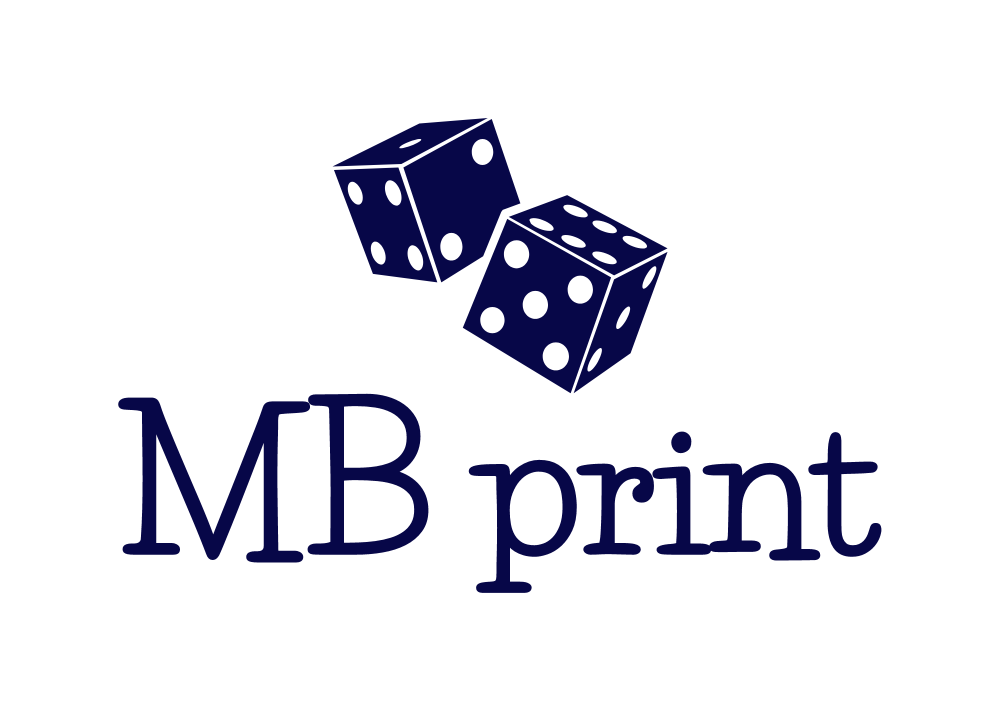At MB print we make every effort to provide you with a high quality product. As a company specializing in low-volume printing, a significant part of the work on orders, for technological reasons, is done manually. The way you prepare your files has therefore a significant impact on what the game we make will look like. Below we present a few guidelines on how to professionally prepare a file for printing.
Cards for board games are made on chalk paper, matte paper with a weight of 350 g./m2. We have been using this tested paper for years and in our opinion it is the best compromise between keeping an affordable price and good quality low-volume printouts. This paper ensures exemplary color saturation, expected gloss level and color repeatability.
We print cards on both sides and round corners in the price of the print. Of course, you can resign from the option of rounding the corners.
An additional option may be to finish the cards by foiling them, which consists in pressing a thin layer of matt foil into the cards. Thanks to this, the cards gain greater rigidity, resistance to moisture, abrasion and are thicker. Foiling of cards is not recommended for very dark cards at edges.
You will receive cards in a random order. Only if you order multiples of the deck of cards, the decks will be separated from each other, but in the deck itself the order of cards will be random.
Preparing a file for card printing:
First, divide the cards by size – each card format should be prepared in a separate file.
The deck of cards should be prepared in one pdf file.
Prepare the cards as consecutive pages in the file alternately: card no 1 obverse, card no 1 reverse, card no 2 obverse, card no 2 reverse, card no 3 obverse, etc. For example, a file of a deck consisting of 30 cards should have 60 pages.
If you intend to use cards horizontally and want both sides of the card to be oriented in the same direction on the printout, you have to prepare the obverse turned 180 degrees in relation to the reverse side.
A sample pdf file for a deck of cards – here.
The size of the page in the pdf file should be 6 mm (printing bleed – 3 mm on each side of the card). For example, a 63 mm x 88 mm card should have a page size of 69 mm x 94 mm in a pdf file (more about the printing bleed).
The template of the card deck for the most popular formats can be found below:
63 x 88 – a pdf file, xcf (Gimp)
If you want to print cards in several dimensions, prepare separate files for each card dimension and place separate orders for each card dimension.
If there are several copies of the same card in the deck, place several copies of the card in the file.
Place the “target” card dimension in the file name (e.g. Smith_cards_63x88.pdf) – this will minimize the likelihood of possible mistakes.
Do not place a cutting line on the card – cards will be cut out centrally to the format specified in the order. It is only allowed to place cutting marks.
We do not recommend using thin frames around the card due to possible shifting of the obverse-reverses in the printing machine.


 Polski
Polski